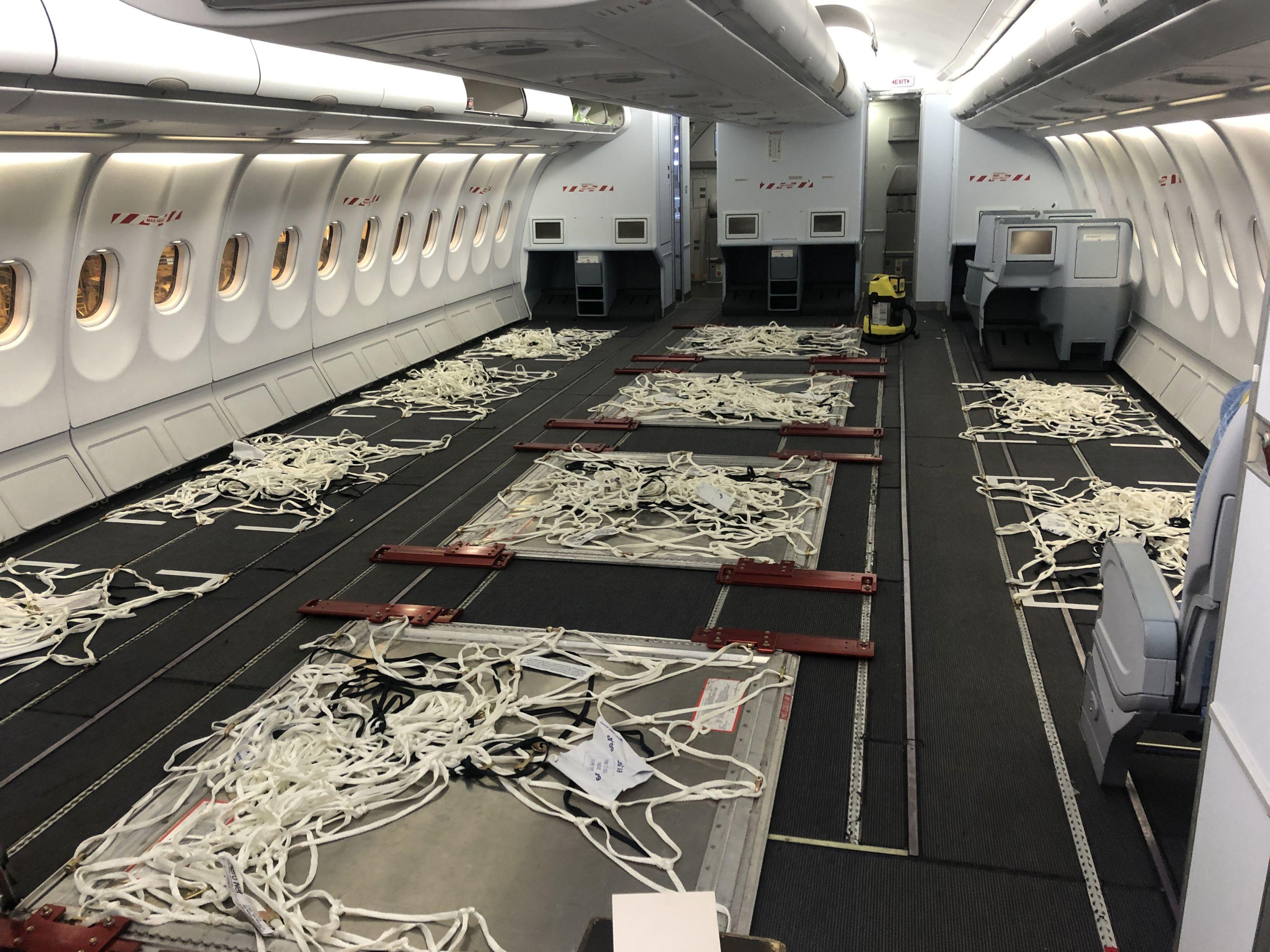
Credit: Finnair
In a depressed air transport market where passenger transit is not expected to return to pre-pandemic levels until 2024 and belly hold capacity remains limited, Lufthansa Technik (LHT) and Airbus have presented a new offer to Airbus A330 operators. Early on in the pandemic, exemptions were granted...
Subscription Required
This content requires a subscription to one of the Aviation Week Intelligence Network (AWIN) bundles.
Schedule a demo today to find out how you can access this content and similar content related to your area of the global aviation industry.
Already an AWIN subscriber? Login
Did you know? Aviation Week has won top honors multiple times in the Jesse H. Neal National Business Journalism Awards, the business-to-business media equivalent of the Pulitzer Prizes.

